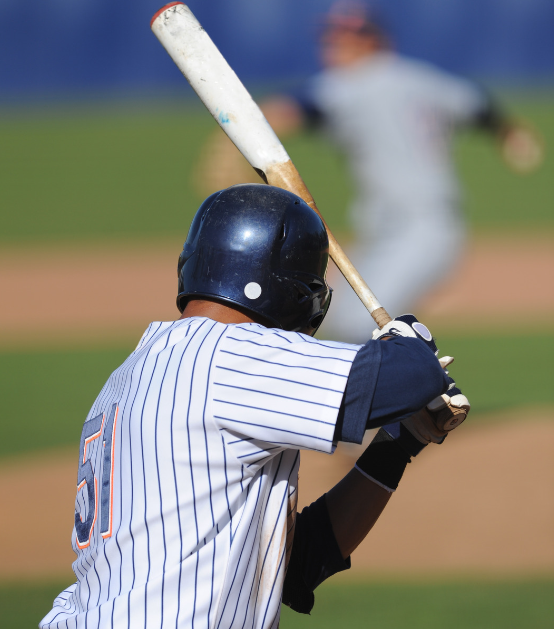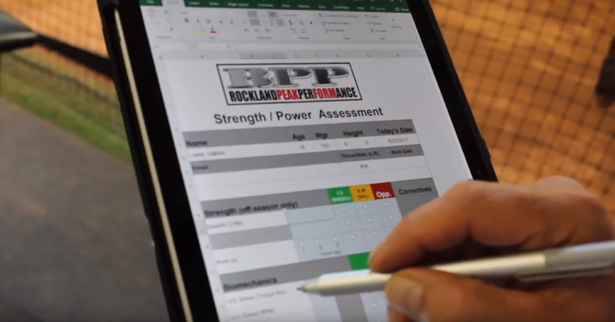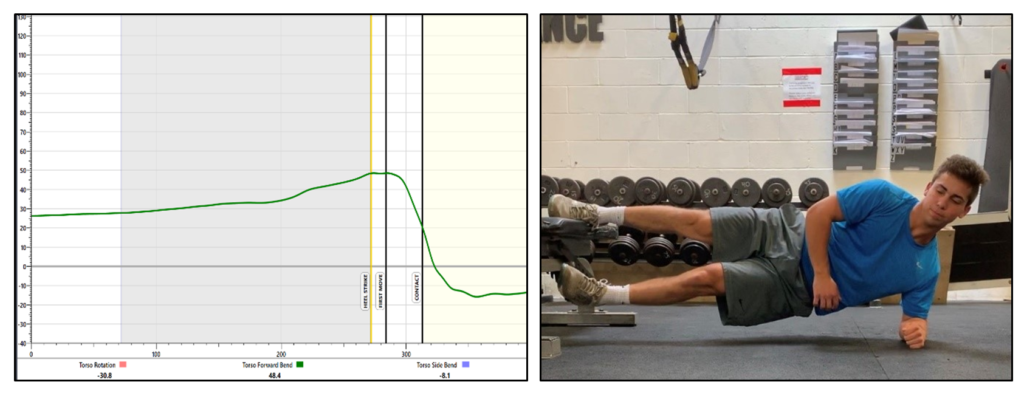
Interested in increasing your bat speed in the weight room? Click here for our “remote” strength training program for position players.
How to increase bat speed is a topic that gets a lot of attention and interest from our baseball players. Today, we’re going to review 6 topics and related exercises to increase bat speed in the weight room that are paramount and should be addressed in any training program: Continue reading “How to Increase Your Bat Speed in the Weight Room”









